Volunteer Spotlight: Mac Cosgrove-Davies
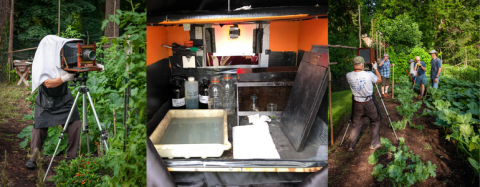
When Mac Cosgrove-Davies was 12 his parents installed a darkroom in their basement. Although his mom and sister used it, the darkroom became his space. He has been practicing photography ever since, including learning many historic photographic processes like wet plate collodion (or tintype) photography.
In 2022, he conducted more than 30 photo sessions with volunteer organizations in Arlington County to create unique portraits of volunteers. It resulted in quite the collection. A portion of the collection will be on display at Arlington's Central Library from April 1-30, 2023. Lisa Fikes, the President & CEO of the Leadership Center for Excellence, who manages the Volunteer Arlington program, will speak at the opening reception.
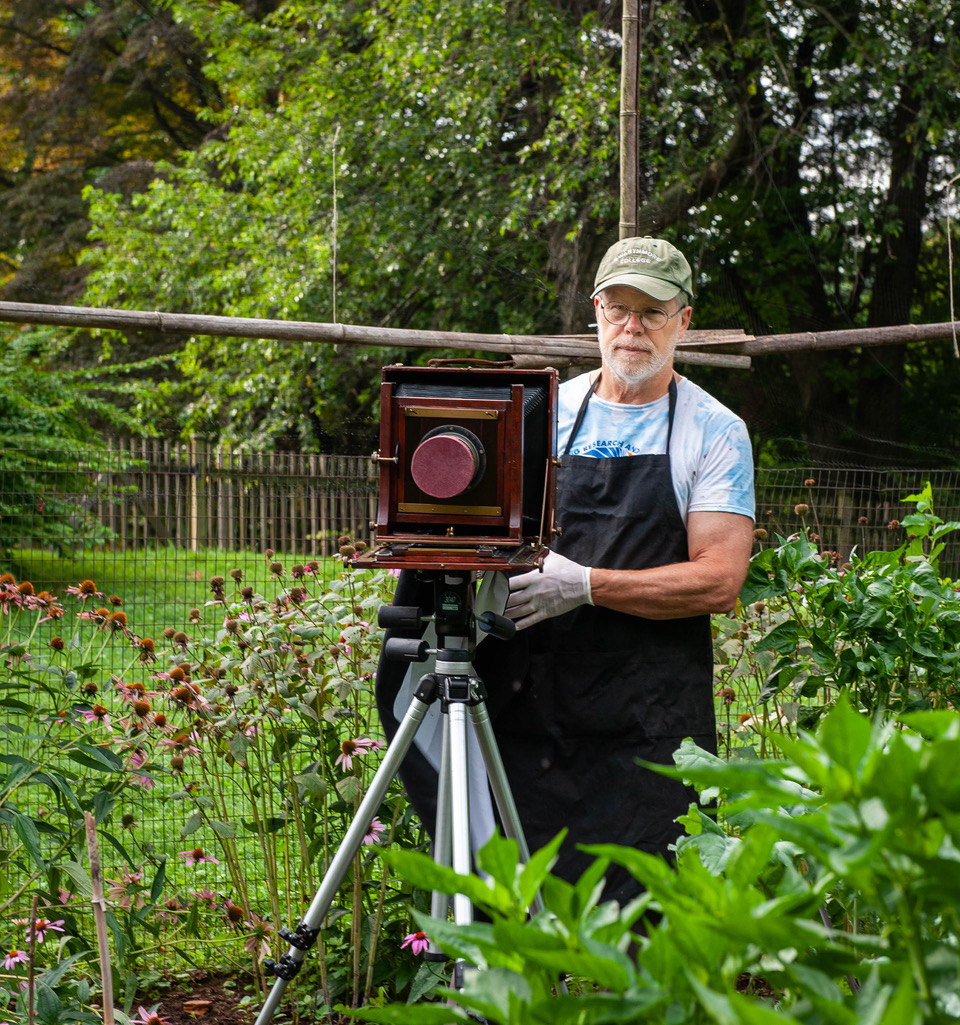
Here is Mac Cosgrove-Davies story, in his own words:
In the late 1970s, I started teaching myself historic photographic processes. First gum bichromate, then cyanotype, then a host of others including platinum, oil, and carbon printing. The hand-made nature of these processes, and the uniquely intriguing results continue to inspire me. I now enjoy sharing this knowledge through teaching at Photoworks (Glen Echo Park, MD).
In August 2021, I took a class with Brenton Hamilton on the wet plate collodion process at The Maine Media Workshops. For many years I have used large-format cameras to create my negatives. This process presented the additional allure of processing the entire image in the field. I set to work assembling my field studio, including making by hand as much of the equipment as possible.
For me, the wet plate collodion process is about making unique portraits, something I have long aspired to. Because setting up a commercial studio is unappealing to me, I pondered how to attract interesting subjects to sit for me.
Some of my most creative moments occur in the wee hours of the morning, in a half-dream state where my mind wanders freely through the subconscious and waking worlds. This is where 'Arlington Volunteers' arose. As an avid volunteer myself, I understood firsthand the satisfaction of giving for the benefit of others. Why not ask volunteers to sit for portraits? In this way, I can seek to honor volunteers with this project and at the same time open myself and others to new volunteer opportunities. This idea also resonated with the Arlington Commission for the Arts, which awarded me a grant to pursue the project.
It turned out that most volunteer organizations, and the volunteers themselves, have been happy to participate. Seeing the wet plate images emerge in the fixer tray conveys the magic of this early photographic process. Pursuing this project has been a consistent delight as volunteers are driven by their passion and it is a pleasure working with passionate people.
The Wet Plate Collodion Photographic Process: Although commonly known as 'tintypes' the images in this book were made on sheet aluminum using the wet plate collodion photographic process. All photos were taken outdoors since this process responds to blue and ultraviolet light. Anything that moved during the multi-second exposures shows as blurred or is invisible. The process starts with coating the plate with the collodion mixture. Once coated, the plates must be sensitized, exposed, and processed before they dry which is why the process is called 'wet plate'. This requires a portable dark-tent which I brought to each photo shoot.
The final photograph is influenced by a range of 'technical' factors such as camera, lens, processing equipment, weather (especially temperature), selection of specific chemistry, age, and condition of the chemistry, etc. However, the skill of the photographer (me) or lack thereof is perhaps the greatest factor in the final outcome. Any imperfections can lead to 'artifacts' in the image which speak to the handmade nature of the process. The photos in this book have plenty of such artifacts, many related to my learning curve with the process. In today's context of digital photography, where technical imperfections are rare, I find the artisanal quality of these plates to be part of their charm.
Image Formation: The laws of optics dictate that an image-forming lens projects an image that is upside down and backward. This is how it appears on the camera's ground glass, and the tintype image. While 'upside down' can be corrected by turning the plate right side up, 'backwards' remains as part of the image. One of the most obvious results of this phenomenon is that text appears 'backward' in the final image.
No Smiles: There are few smiles in the images presented here. This was my specific request to the participants for three reasons: First, the wet plate process long predates the idea of 'smiling for the camera,' so refraining is a nod to tradition. More importantly, the volunteer work I sought to portray may be satisfying, but it is serious stuff, and the facial expression helps convey this. Finally holding a smile for a multi-second exposure can result in a wooden expression which I wanted to avoid.
Notes on the Arlington Volunteers Project: The following are digital images of tintypes taken from April to December 2022. Over this period I made some 135 plates at more than 30 photo shoots. Arlington, Virginia is blessed with a very large number of volunteer organizations. I knew from the start that I would be unable to cover them all. Instead, I sought to depict the range and diversity in both the volunteer efforts as well as the volunteer population. While I didn't fully succeed, any gaps or deficiencies are mine alone. I'm indebted to the groups shown here for their willing collaboration. I also have benefited from collaboration with Volunteer Arlington, which connects individuals, groups, nonprofits, and businesses in an effort to promote volunteerism. While volunteering takes myriad forms, for this project I emphasized organized volunteer activities. Each organization defines its relevant form of volunteering and what constitutes a 'volunteer.' This was not for me to question. Volunteers were posed with items and settings which spoke to their volunteer service. Without exception the volunteers were patient with the photographer, interested in the process, and creative with the posing; a delight to work with from start to finish.
Arlington Volunteers
Enjoy browsing some of the images from the Arlington Volunteers collection prepared by Mac Cosgrove-Davies.
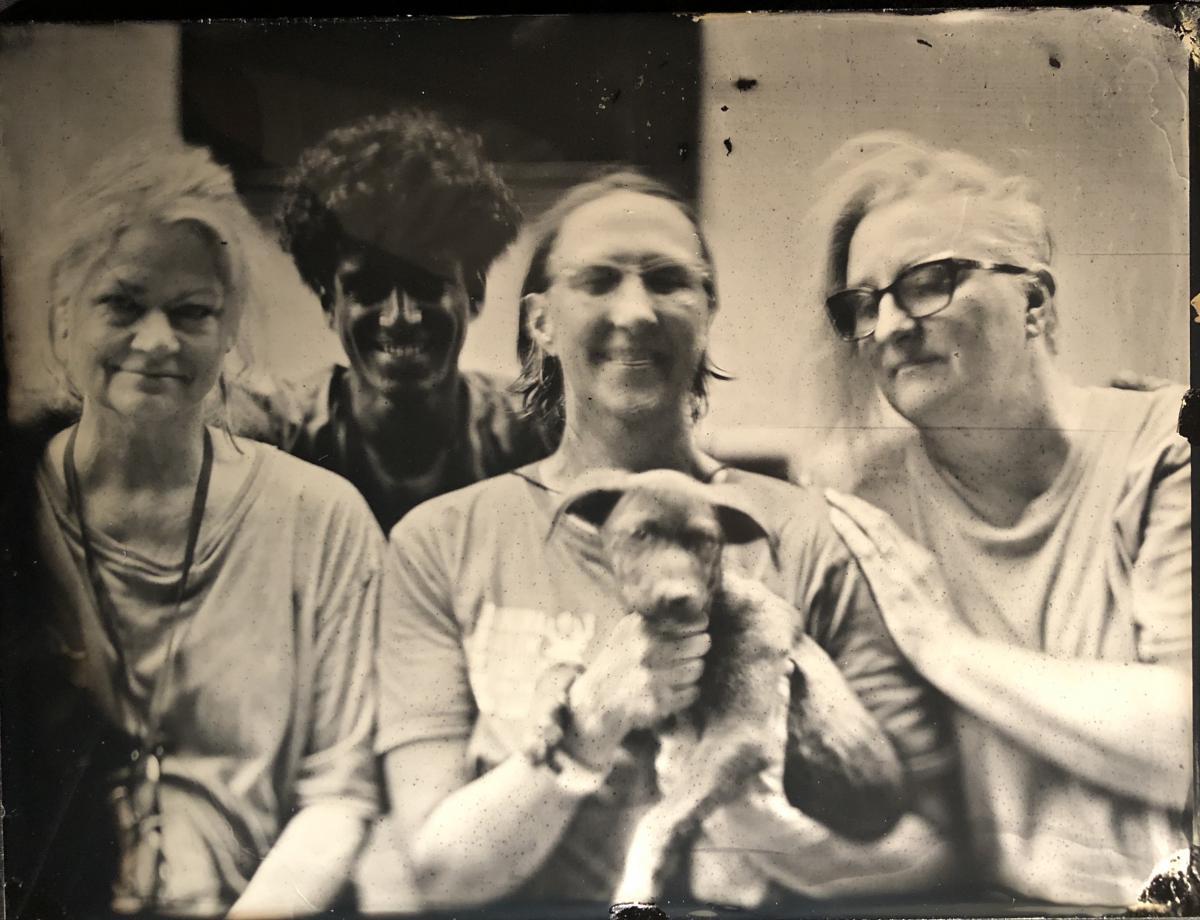
Animal Welfare League of Arlington
AWLA seeks to improve the lives of animals and people by providing resources, care, and protection. We are working towards a humane community in which animals and people live together harmoniously.
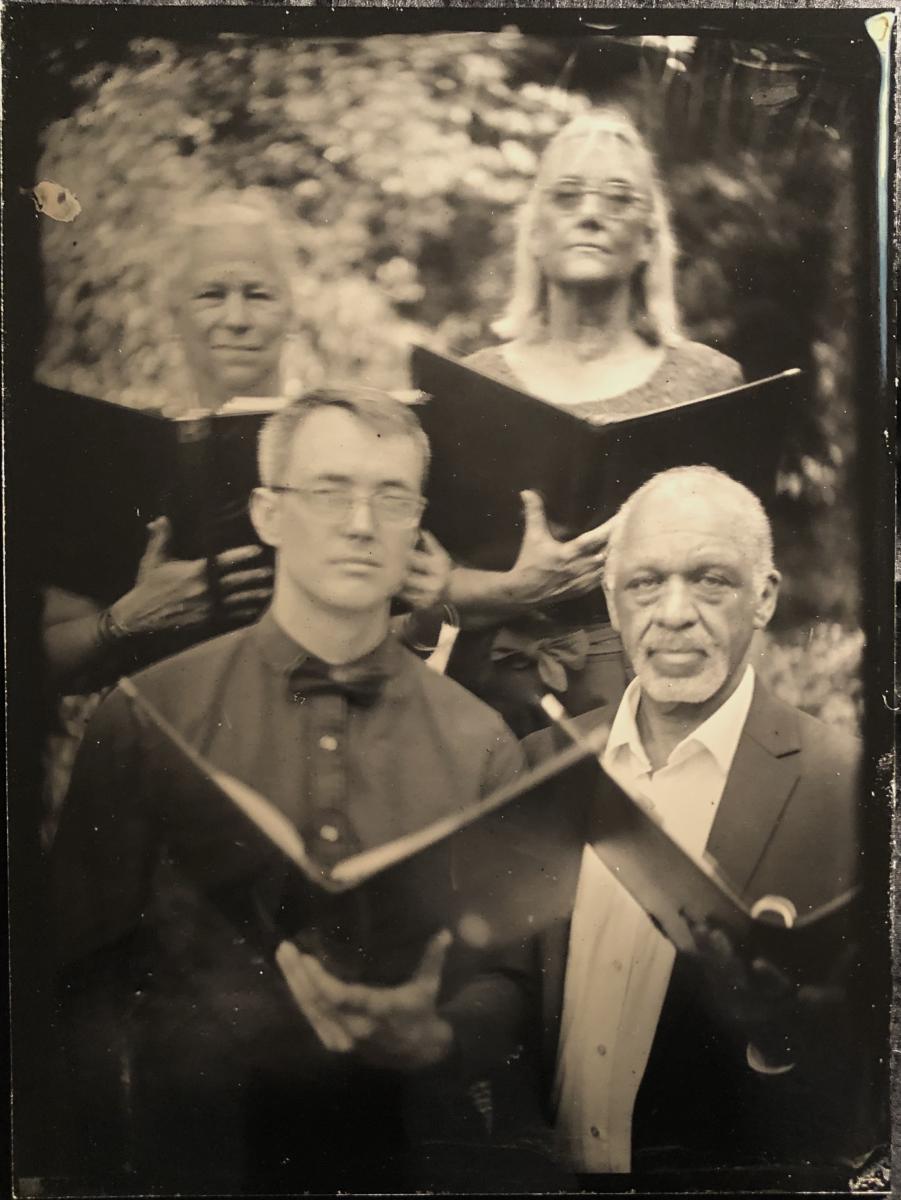
The Arlington Chorale
The Arlington Chorale creates a rich musical experience for its singers and the community by performing well-known masterpieces and compelling new works. The Chorale is a multi-generational chorus composed of members from Virginia, D.C., and Maryland. Singers come from a diverse range of professions and musical backgrounds, and members form strong connections with each other through musical rehearsals and fun social events. They perform varied repertoire of smaller pieces and larger works for chorus and orchestra.
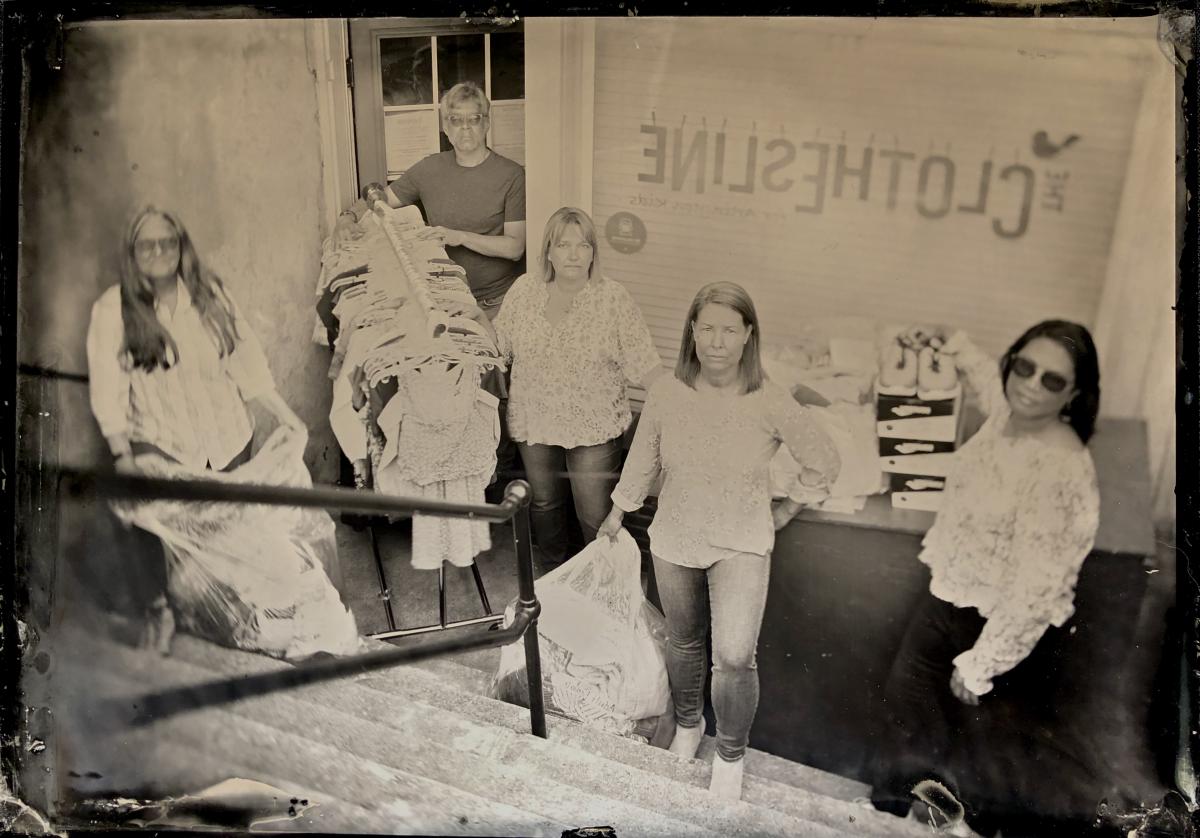
Arlington Clothesline for Kids
Inspired by a new model of philanthropy that has already benefited families in need across the country, the Clothesline is Arlington’s first free clothing store dedicated to school-aged children.
With the generous donation of new and gently used clothing from Arlington residents and businesses, the Clothesline provides a welcoming, fun, retail-like environment for low-income families to shop for and select a season’s worth of quality clothing – twice a year – completely free. Staffed and supported entirely by local volunteers, the Clothesline represents Arlington at its best – neighbors helping neighbors.
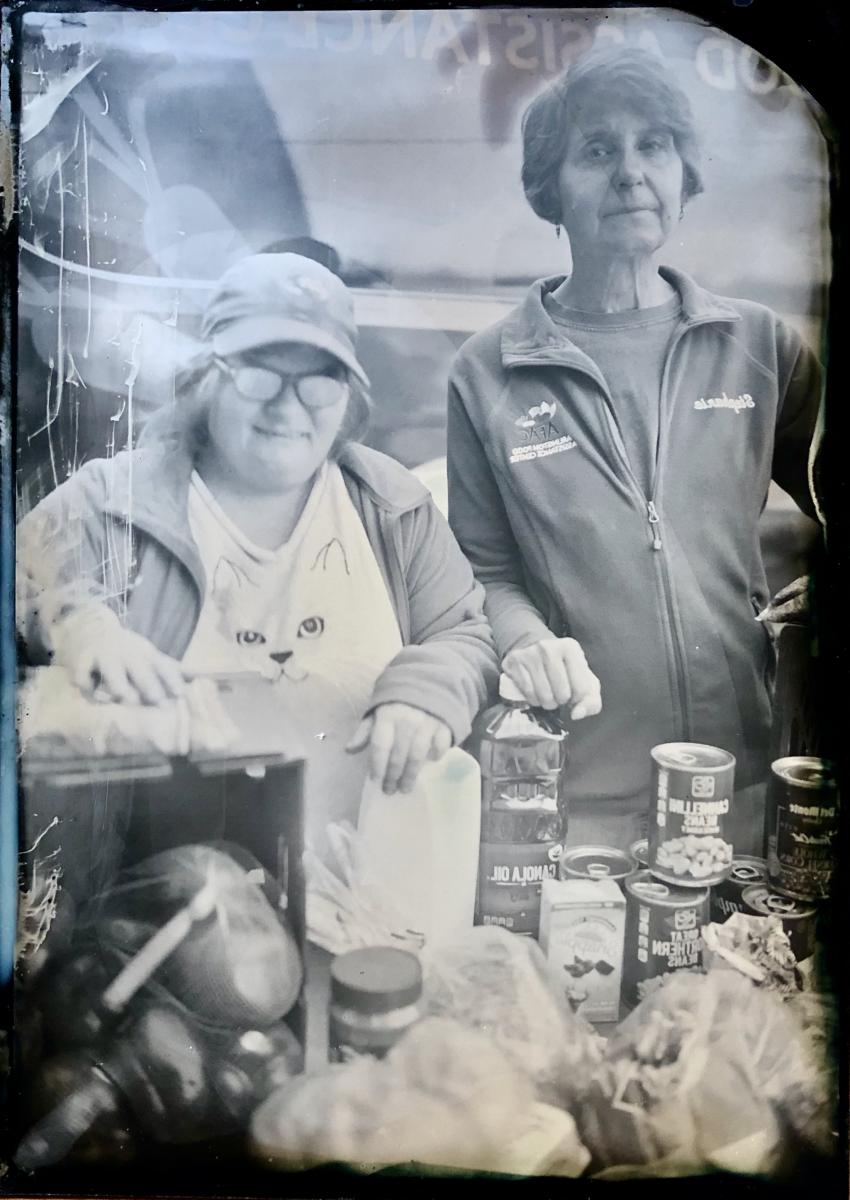
Arlington Food Assistance Center (AFAC)
AFAC currently distributes to an average of 2,400 families every week in Arlington, VA. AFAC provides nutritious supplemental groceries to those who have a referral from the Arlington County Department of Human Services or another partner agency. By requiring referrals, we work collaboratively with these agencies to address underlying causes of food insecurity. One-third of the people served by AFAC are children under the age of 18. AFAC uses the choice model to allow families to shop with dignity and reduce food waste.
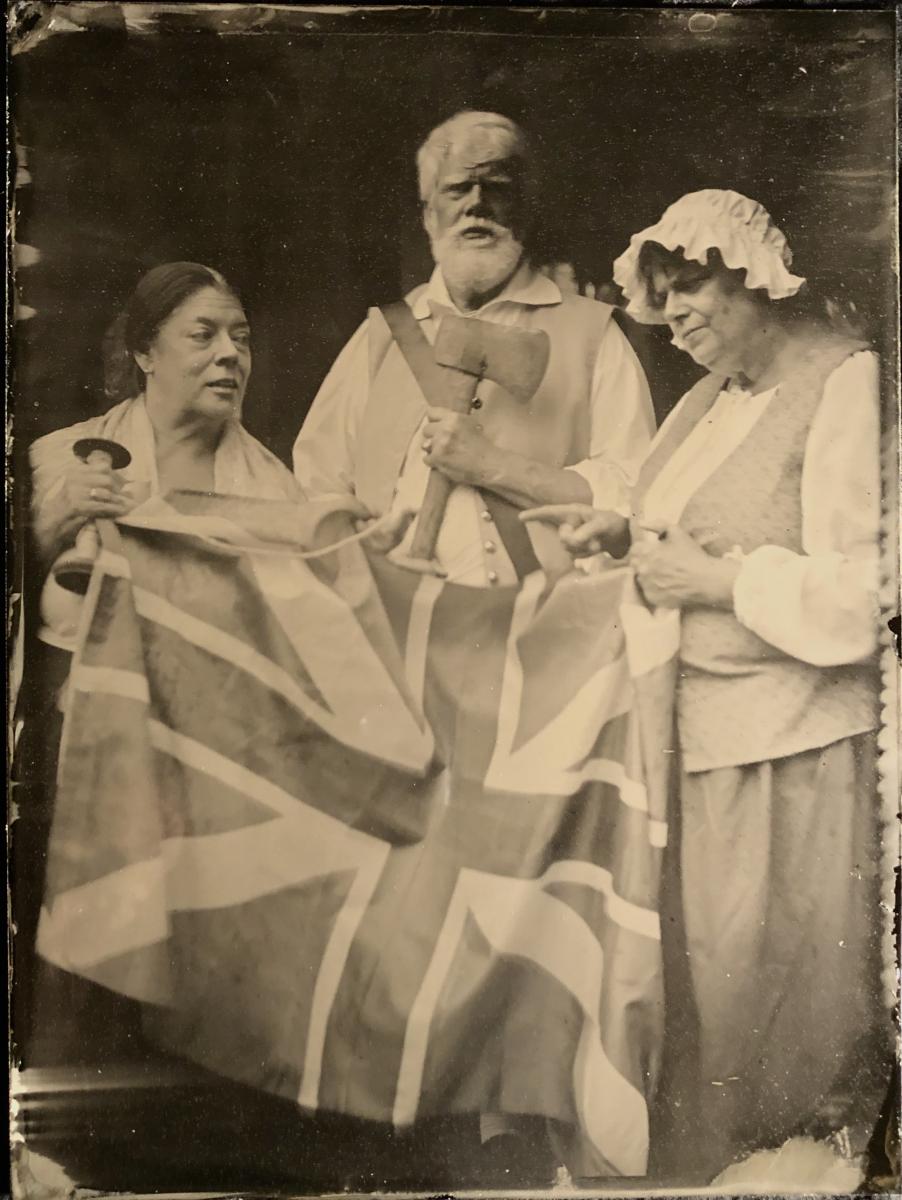
Arlington Historical Society
The goal of the Arlington Historical Society is to conduct research and to preserve and disseminate knowledge relating to the history, archeology, material culture, and geographical and socio-economic development of Arlington County, Virginia. The society works toward this goal through its historic resources, including two historic properties and its artifact collection; original historical research and publications; the discovery, collection, preservation, and exhibition of artifacts; and the presentation and dissemination of knowledge on the local history of Arlington County free to the public.

